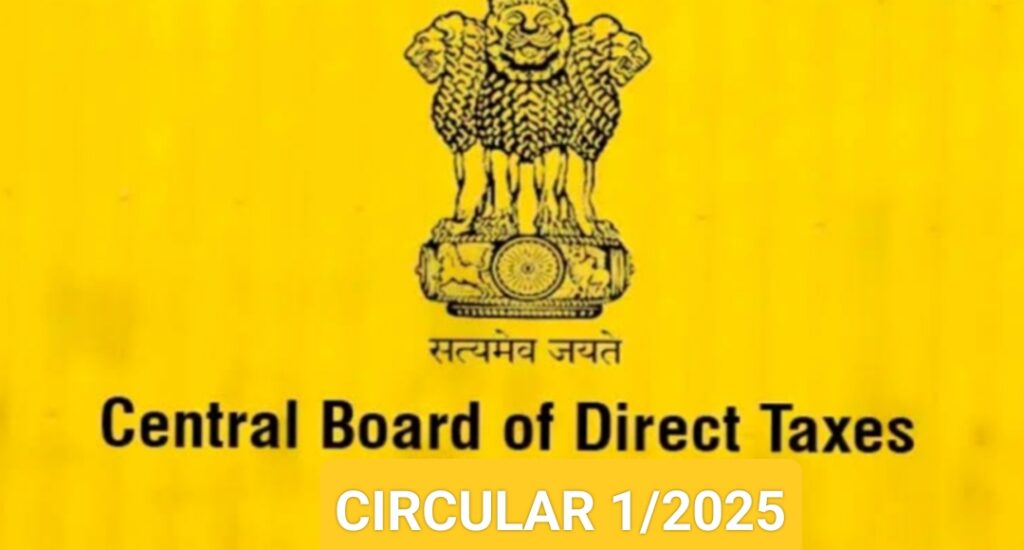The PPT ensures that DTAAs are applied to foster genuine economic activity, such as the exchange of goods and services, and the movement of capital and individuals.
Guidance for Application of PPT: The Multilateral Convention to Implement Tax Treaty Related Provisions to Prevent Base Erosion and Profit Shifting (“MLI”) became effective for India on October 1, 2019. The MLI has brought significant modifications to some of India’s Double Taxation Avoidance Agreements (DTAAs). A cornerstone of this transformation is the introduction of the Principal Purpose Test (PPT), aimed at curbing treaty abuse and revenue leakage.
Overview of the Principal Purpose Test
The PPT provision, incorporated through the MLI and bilateral agreements, reads:
“Notwithstanding the other provisions of this Convention (or Agreement), a benefit under this Convention (or Agreement) shall not be granted in respect of an item of income if it is reasonable to conclude, having regard to all relevant facts and circumstances, that obtaining that benefit was one of the principal purposes of any arrangement or transaction that resulted directly or indirectly in that benefit, unless it is established that granting that benefit in these circumstances would be in accordance with the object and purpose of the relevant provisions of this Convention (or Agreement).”
The PPT seeks to deny DTAA benefits where it is reasonable to conclude that one of the principal purposes of an arrangement or transaction was to obtain such benefits. However, it allows the taxpayer to demonstrate that granting the benefit aligns with the object and purpose of the treaty provisions.
Objectives of the Principal Purpose Test
The PPT ensures that DTAAs are applied to foster genuine economic activity, such as the exchange of goods and services, and the movement of capital and individuals. This measure prevents misuse of treaties for tax avoidance purposes.
Application Period of the PPT Provision
To maintain consistency and clarity, the application of the PPT provision under India’s DTAAs is clarified as follows:
- For DTAAs Modified through Bilateral Agreements:
The PPT provision applies from the date of entry into force of the DTAA or the amending protocol that incorporates the PPT.
- For DTAAs Modified through the MLI:
The PPT provision applies based on the effective date of the MLI with respect to the specific DTAA, as outlined in Article 35 of the MLI:
- For Taxes Withheld at Source: The PPT applies to events giving rise to such taxes on or after the first day of the previous year beginning on or after the latest of the dates when the MLI enters into force for the contracting jurisdictions.
- For Other Taxes: The PPT applies for previous years starting on or after six calendar months from the latest of the dates when the MLI enters into force for the contracting jurisdictions.
For India, the MLI came into force on October 1, 2019. The effective date for a specific DTAA partner can be verified through the OECD’s MLI database. The term “previous year” shall be interpreted as per Section 3 of the Income-tax Act, 1961.
Interaction with Treaty-Specific Bilateral Commitments
India’s DTAAs with certain jurisdictions include grandfathering provisions that are not subject to the PPT. These provisions take precedence and remain governed by the specific DTAA terms. Examples include:
- India-Cyprus DTAA
- India-Mauritius DTAA
- India-Singapore DTAA
These commitments ensure that the PPT provision does not override the bilaterally agreed terms of the respective treaties.
Also Read: New Income-Tax Rules for Non-Resident Cruise Ship Operators: CBDT Notification 9/2025
Additional Guidance and Sources
The application of the PPT is a context-specific exercise, requiring an objective assessment of facts and circumstances. Tax authorities and stakeholders may refer to the following for supplementary guidance:
- The BEPS Action Plan 6 Final Report, subject to India’s reservations.
- Commentary on Articles 1 and 29 of the UN Model Tax Convention (2021 update), subject to India’s reservations.
Conclusion
The PPT provision ensures that DTAAs serve their intended purpose of fostering genuine economic activities while preventing misuse. By aligning its application with globally recognized standards and maintaining clarity on its interaction with existing treaty commitments, India aims to promote transparency and fairness in cross-border taxation.
For further details, stakeholders are encouraged to consult the relevant treaty texts, MLI database, and accompanying commentary for comprehensive guidance.
READ MORE
Bombay High Court Accepts GST Officials’ Apology for Premature Arrest Before Statement Recording
Latest GST Rate Notifications Issued as per Recommendations of the 55th GST Council

